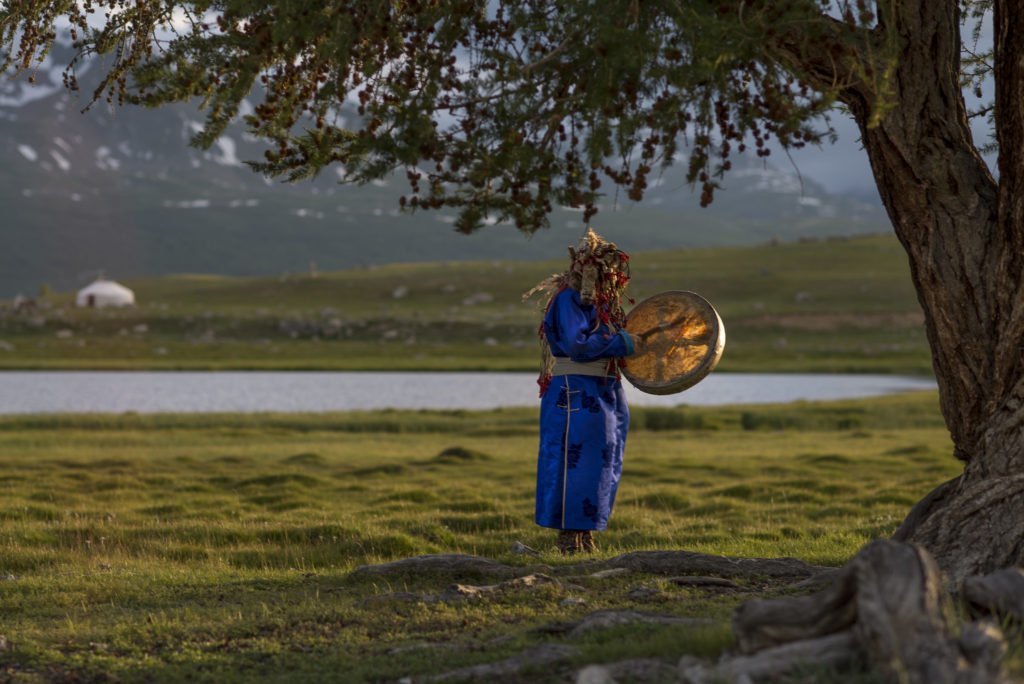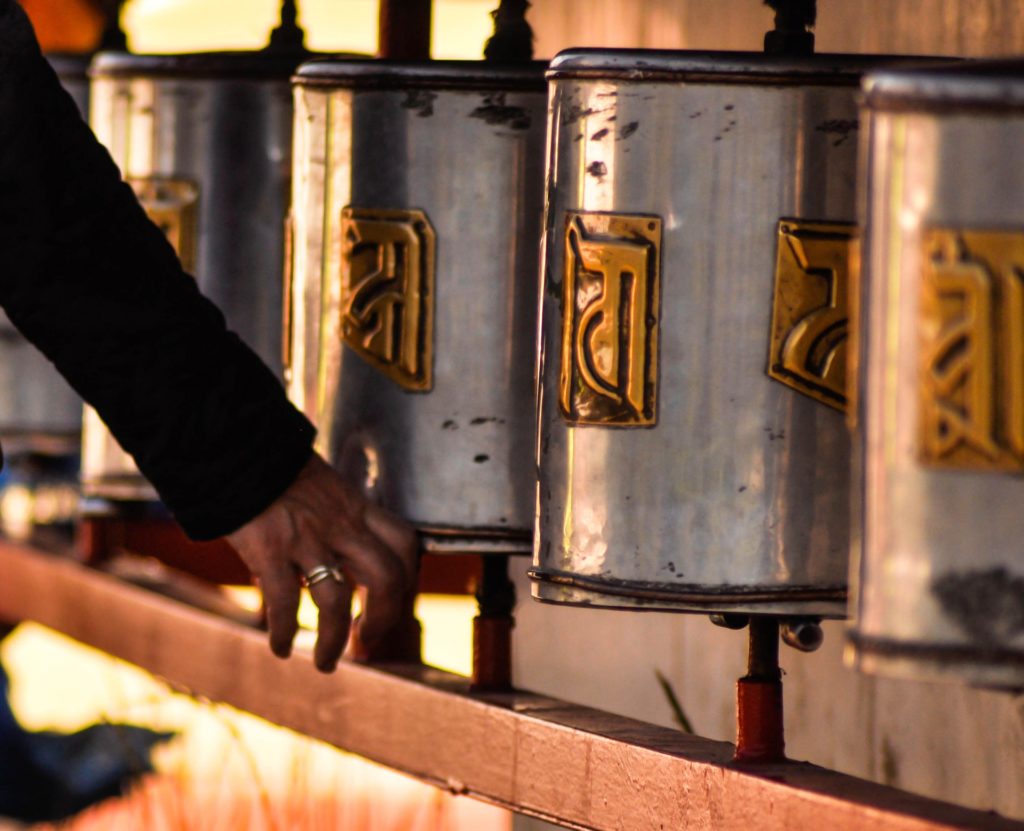Blog
Mongolian Religious Beliefs
Reading from history books and TV documentaries, you might deduce that Mongolians practice the religion of Buddhism, but is that really so?
If we are talking about Mongolians from the Mongolian Empire, there were many different religions that the Mongols practiced, however culturally Mongolians have always practiced Shamanism and Animism, which is still prevalent to this day.
What is Shamanism? Is It A Religious Belief?
Shamanism can be considered a religion, but most people regard it as a spiritual superstition. Shamanism is prevalent throughout Central Asia, parts of Africa, and the Americas, so Shamanism is not completely exclusive to Mongolians.
To put it simply, a Shaman, someone who is sensitive to spirits and otherworldly beings, channels other beings and entities into this world. They are assumed to be able to talk to the dead, read omens, and predict the future.

Becoming a Shaman in Mongolia, while takes a lot of practice to become a well-trusted and experienced practitioner, is not something one decides to become because he or she wants to. However, they are chosen from a lineage of energetically and spiritually sensitive people. They are said to see visions, read omens, and have signs from the universe that they are not like the rest of the people. Through life experiences, they are led to become a Shaman as if something has been calling them to become one.
While in today’s society, day and age, there are a lot of fake Shamans who are in it for the money, but folklore and recounts of personal experiences still are pretty common to this day of things beyond the physical.
Why do Mongolians Practice Shamanism?
Being of nomadic origins, Mongolians have been incredibly superstitious and regarded the land they inhabited with great respect and care. Different lands and different provinces in Mongolia have their own superstitions and their own “religion”, however, for simplicity, we can define it as Animism where the locals respect certain traditions and avoid certain taboos.
Before Mongolians conquered China and the Middle East, Shamanism was the main religion/practice. Warlords and nomads counseled with Shamans for omens and it is said that Chinggis Khaan AKA Temujin was born with a blood clot in his hands. Shamans consider that as a sign that the particular individual is gifted or will accomplish many things in life.
If interested in Shamanism in Mongolia you can read this book.
In short, Mongolians still practice Shamanism to this day to respect tradition and their ancestors before them. While traveling through the countryside, you most likely will see blue linens called “khadag” and a pile of stones on mountain peaks called “ovoo”. It’s to respect certain lands and significant landmarks. People sometimes offer money, food, drinks, etc to pay their respects whenever passing through such landmarks.
Some people who were born in certain provinces, travel back to their birth land from time to time and perform certain rituals to raise their spirits and “hiimori” as we call it. Animist and Shamanist practices are considered to give great guidance to Mongolian people’s spiritual enlightenment and future fortunes.
Why Did Mongols Start Practicing Other Religions & Beliefs?

Since the Mongolian Empire, many religions were introduced into Mongolia, Christianity, Buddhism, Islam, Taoism, etc. Since Mongolians themselves never forced their culture and religion and their subjects, over time the Mongols who conquered the lands, settled and assimilated with the locals. Though Mongols were considered brutal and ruthless throughout their conquests, Mongols had a great sense of tolerance and acceptance towards other cultures and adopted a lot of the local customs, which can be seen in modern-day Mongolia.
Mongols who settled in Central Asia and the Middle East became Muslims, some became Christians, but most significantly since the 15th century, due to influence from Tibet, a lot of Mongolians started converting to Buddhism.
Mongolians themselves saw nothing wrong with practicing Shamanism while worshipping other religions at the same time. Shamanism and Animism aren’t necessarily seen as a religion in the eyes of most Mongolians, but rather a cultural practice or a part of life.
The Religion of Islam and Buddhism Beliefs in Modern Day Mongolia
The majority of Mongolians today are Buddhists, which is a major similarity that we share with East Asians. Lunar New Year is celebrated and throughout the country, there are many monasteries and temples you can visit.

However, a small minority of Kazakh Mongolians in the Bayan Olgii province in western Mongolia practice the religion of Islam. What’s interesting though is that both Buddhist Mongolians and Muslim Mongolians still adhere to their shamanistic roots and traditions. It’s very interesting how 3 or 4 different spiritual practices and religions go hand in hand together without any problems.
Religion today is mainly considered a tradition and most people who practice or observe religious practices do so in order to respect traditions and their families.
What Is The Future Outlook for Mongolians When It Comes to Religion & Beliefs?
Christianity has been having a great influence on the youth of Mongolia for the past few decades, but Christians are still in the small minority ranging ~3% of the population. This may grow as Mongolians become more open to Western values and influence which is becoming ever more evident as the day passes.
However, Mongolians still will remain as passive Buddhists mixed with traditional Mongolian spiritual practices for the many years to come, unless there is a big political and government campaign to champion a different religion and practice. Though throughout the years, Mongolians have been going back to their roots of Shamanism and traditional practices, it will be interesting to see how the modern-day lifestyle will get along with traditional Mongolian spiritual practices.
